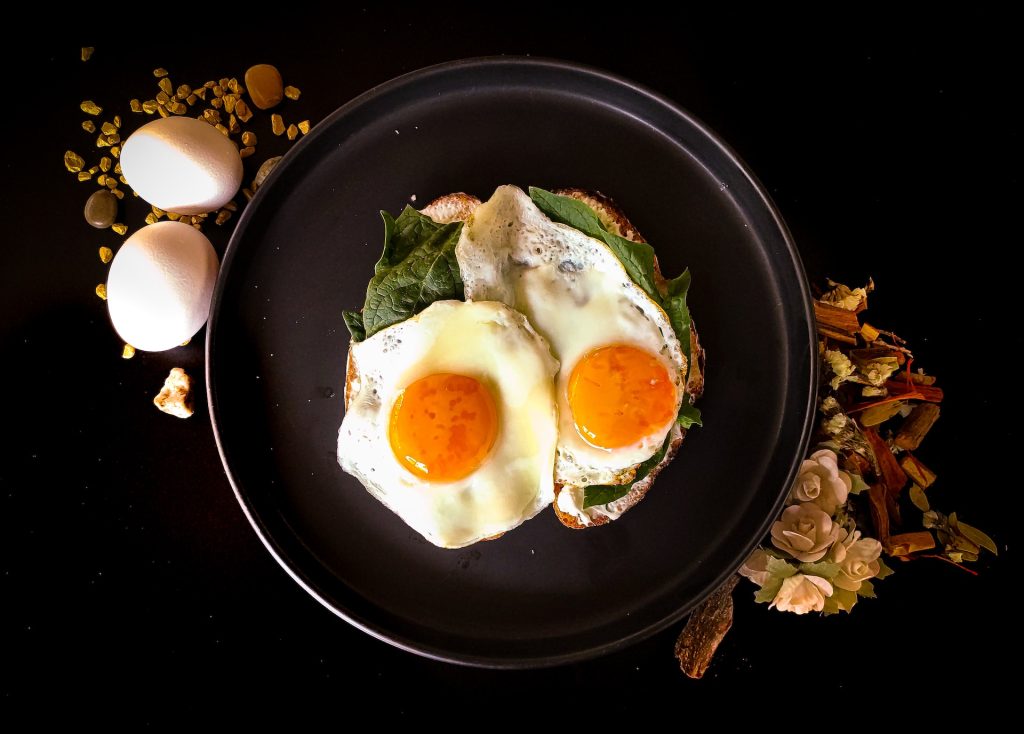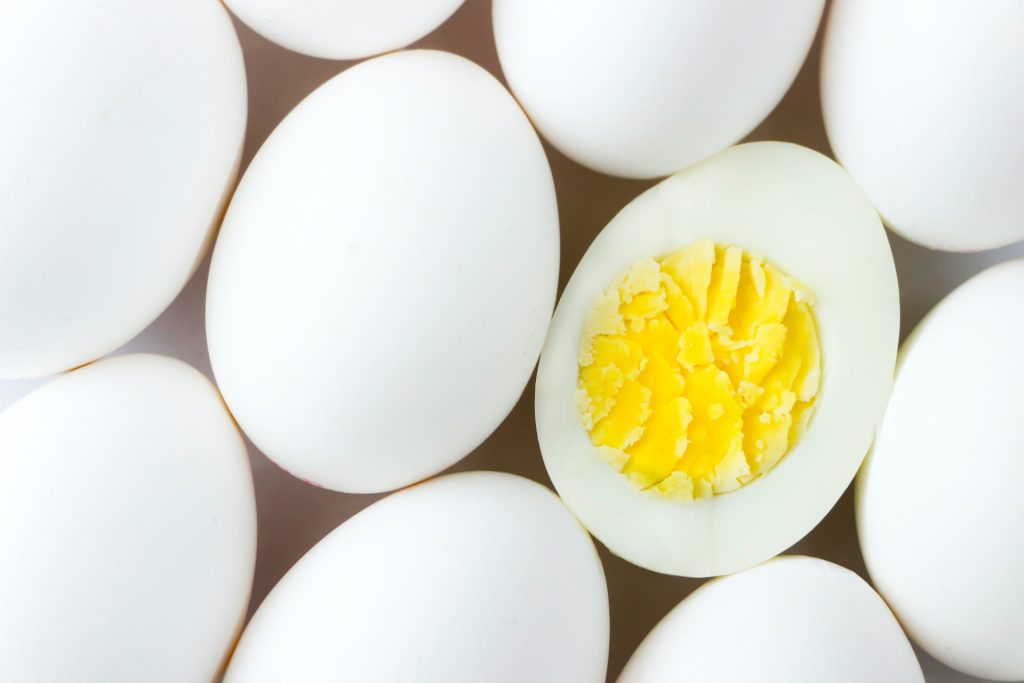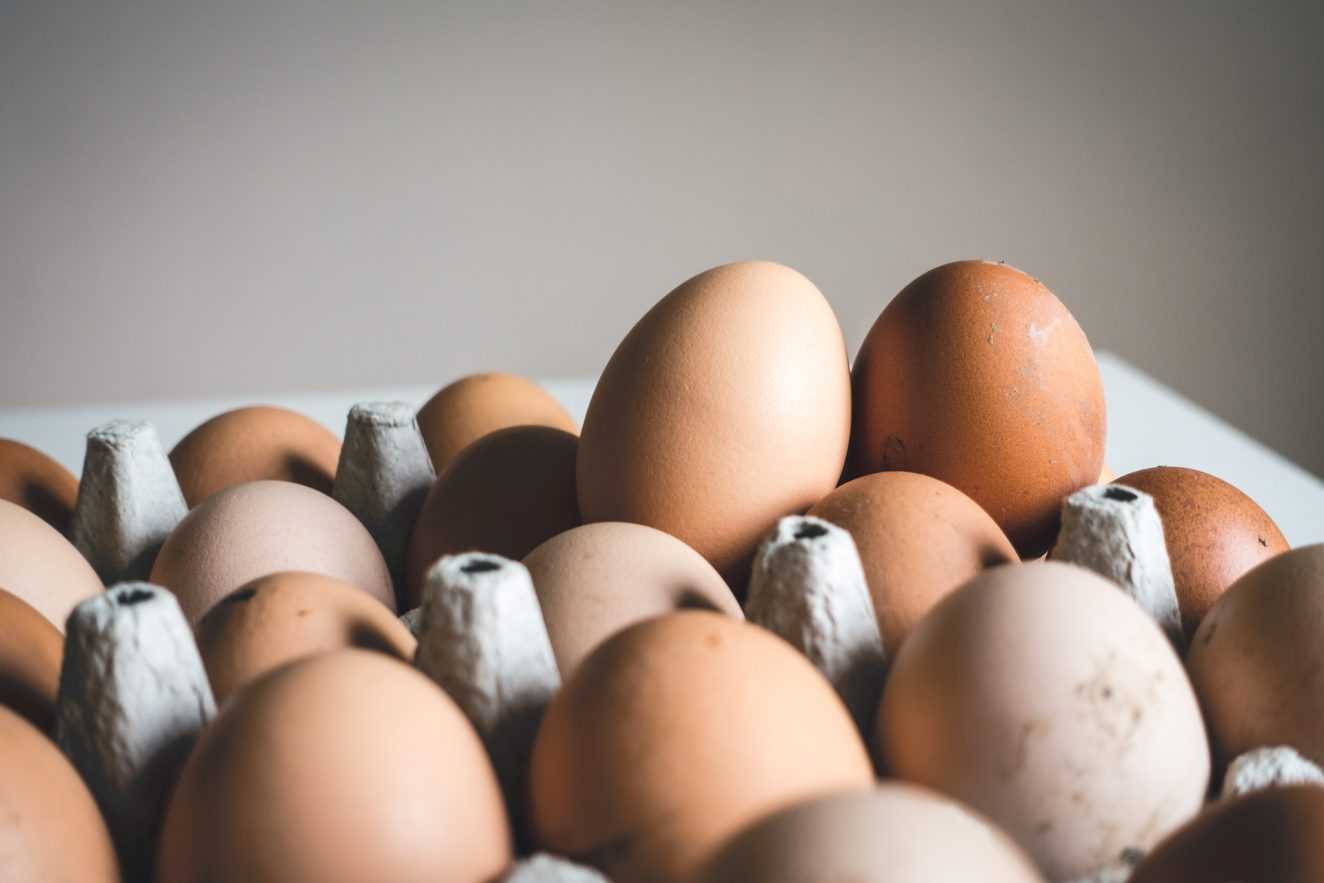Eggs – a staple in our kitchens, a protein-packed delight on our plates. From sunny-side-ups to creamy omelets, eggs have been our culinary companions for ages. But, there’s more to these versatile wonders than meets the eye. Dive into these egg-citing facts that might just change the way you look at those cartons in your fridge.

1. The Upside-Down Secret to Longevity
Turn your world – or at least your eggs – upside down! Storing eggs with the pointy end down in the fridge might sound like an old tale, but it works wonders. This simple trick prevents air pockets inside the shell from reaching the yolk, slowing down the aging process and keeping your eggs fresh for longer. It’s like a magic spell for your breakfast.
2. The White Beginning of Every Egg
Picture this: eggs in various hues, from whites and browns to blues and pinks. Surprisingly, no matter the color, every egg starts its journey as white. The magic of pigmentation happens later, determining the final shade. So, the next time you marvel at your carton’s colorful diversity, remember, it’s a pigment party inside every shell.
3. The Aging Palette of Egg Colors
Have you ever noticed a change in your chicken’s egg palette over time? Chicken owners with brown egg layers often observe shifts in color as their hens age. Stress can play a part, resulting in lighter hues, especially at the tapered end. It’s like a visual diary of your chicken’s well-being, right there in the nesting box.
4. Eggshell Colors: A Vanity Metric
Back in the day, some believed white eggs were healthier than their brown counterparts. A cleaner look meant a superior egg, or so they thought. Fast forward to today, and we know better. The color of the shell doesn’t affect the egg’s nutritional quality. It’s what’s inside that counts.
5. Yolk Color: Nature’s Nutritional Palette
Now, let’s talk yolks. The deeper the color, the richer the nutrients. Dark, vibrant yolks often indicate eggs from chickens with a diet rich in foraged grasses and bugs. That means more carotenoids, translating to a healthier, nutrient-packed breakfast.

6. Egg’s Buoyancy: The Freshness Test
Fresh or not? Drop it in water. Fresh eggs sink, old eggs float. Why? Air pockets. The more air inside, the older the egg. It’s a simple freshness test that helps you separate the good eggs from the not-so-fresh ones.
7. Freeze ‘Em or Water Glass ‘Em
Surprise! You can freeze eggs for up to a year. Just ensure you use them within the first four months for that fresh taste. If the freezer isn’t your style, try water glassing – a method to keep eggs shelf-stable for a whopping 18 months. It’s like a time capsule for your breakfast.
8. The Bloom’s Protective Cloak
A freshly laid egg wears an invisible shield – the bloom. This natural coating prevents air and bacteria from entering the shell, keeping the egg fresh on your kitchen counter. However, once washed, as most store-bought eggs are, they lose this shield and need refrigeration.
9. Salt: The Moisture Thief
In the world of scrambled eggs, timing is everything. Adding salt too soon draws out moisture, leaving you with a plate of dry eggs. Hold off on the salt until the end to savor those tender, fluffy bites.
10. Cracking the Code of Egg Carton Labels
Egg carton labels can be a maze. Free-range, organic, non-GMO – what do they really mean? For the naturally raised eggs, look for labels like “certified humane” and “pasture-raised.” It’s your shortcut to the healthiest, happiest eggs on the shelf.

Eggs – humble, yet extraordinary. From the way we store them to the secrets inside, these egg-citing facts add a dash of intrigue to our daily breakfast rituals. So, the next time you crack an egg, remember, there’s more to that shell than meets the eye.





